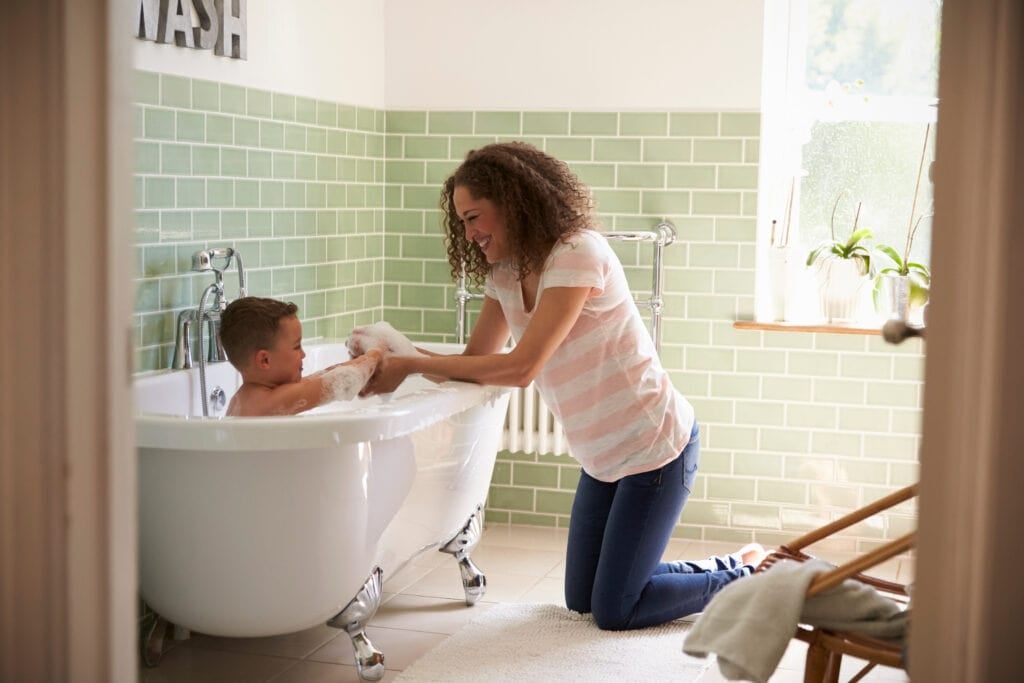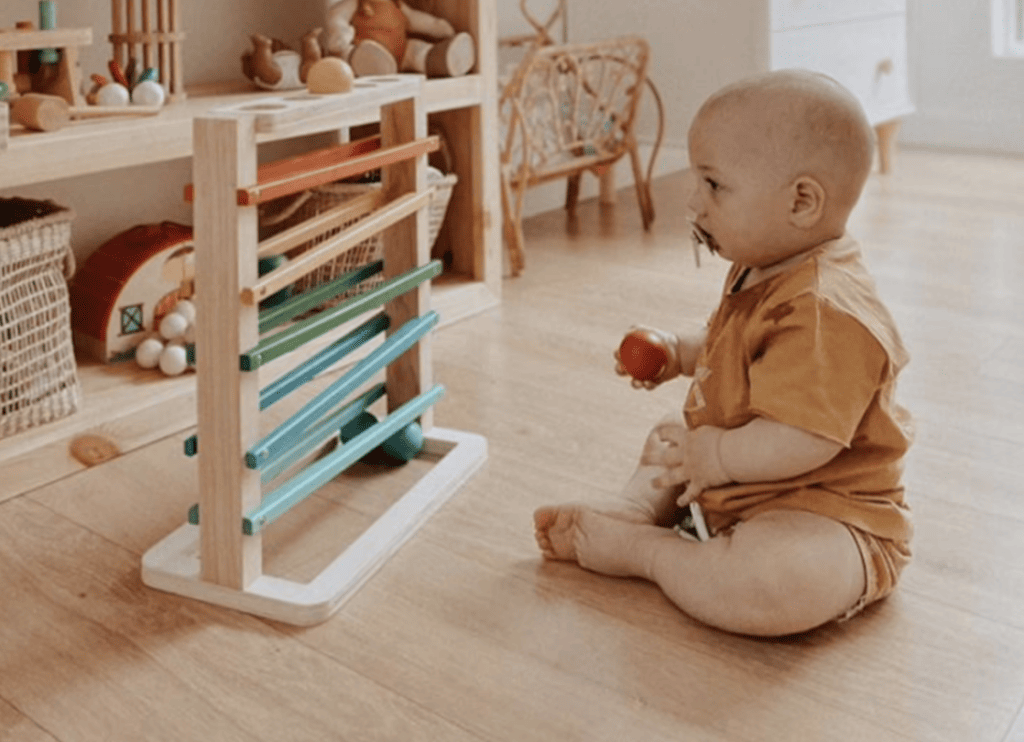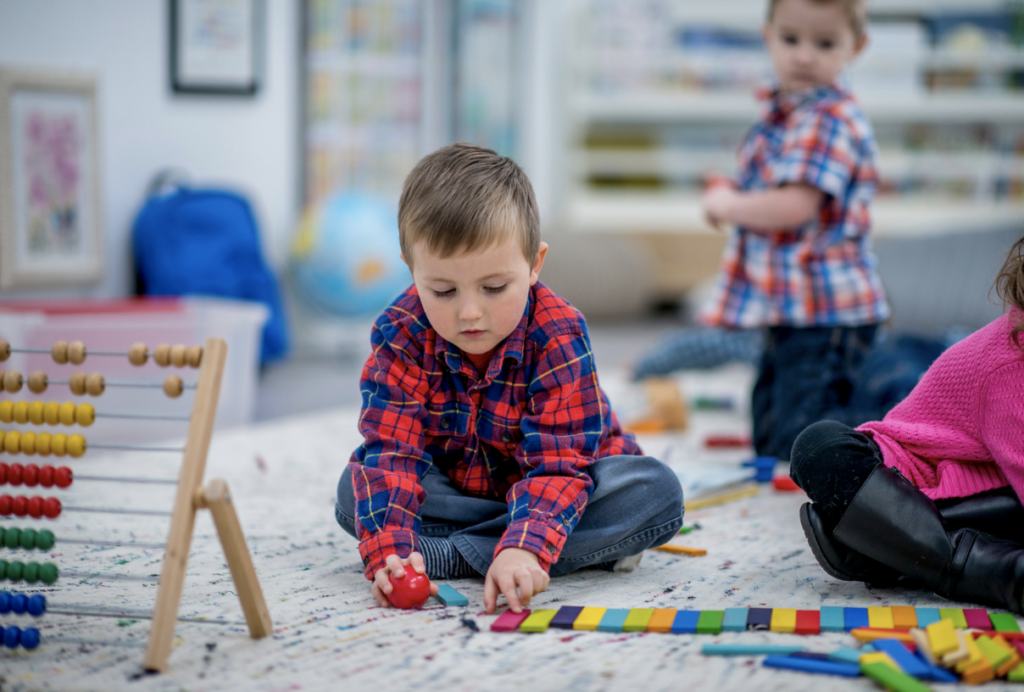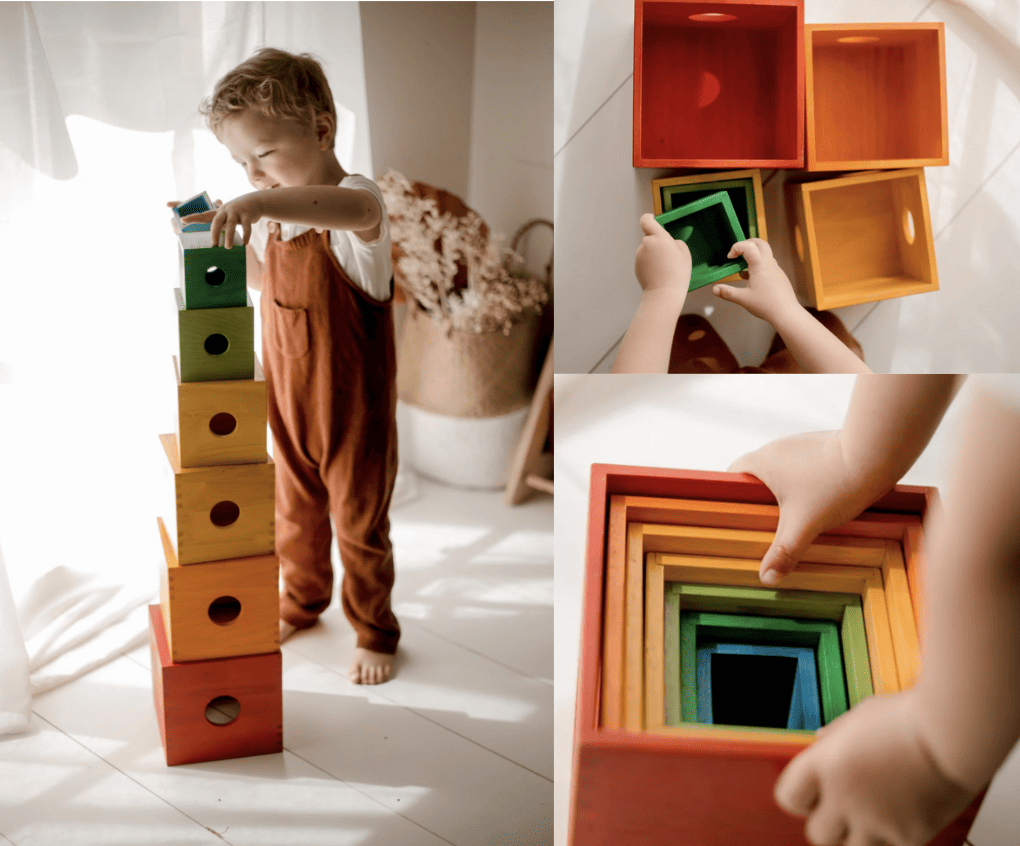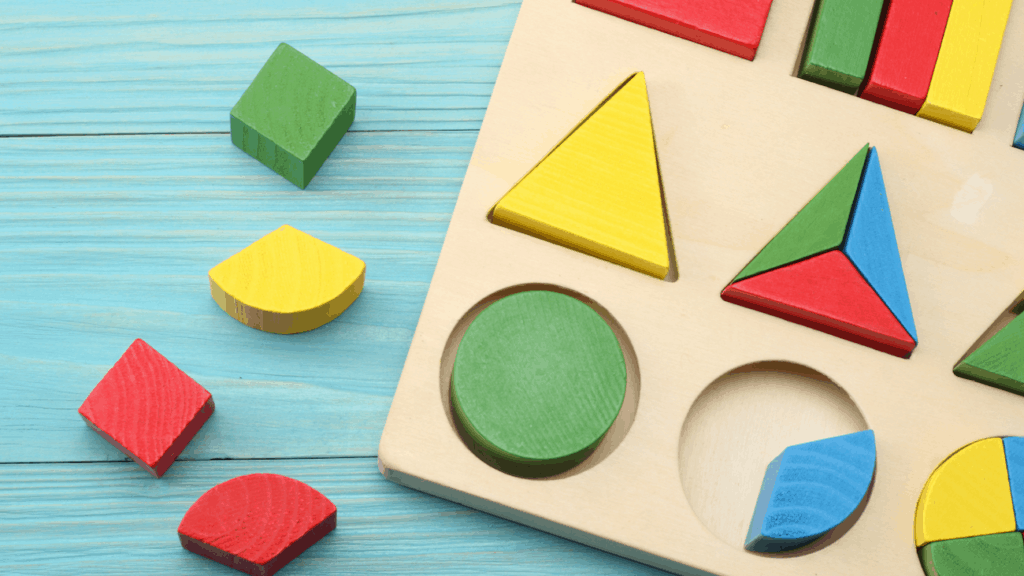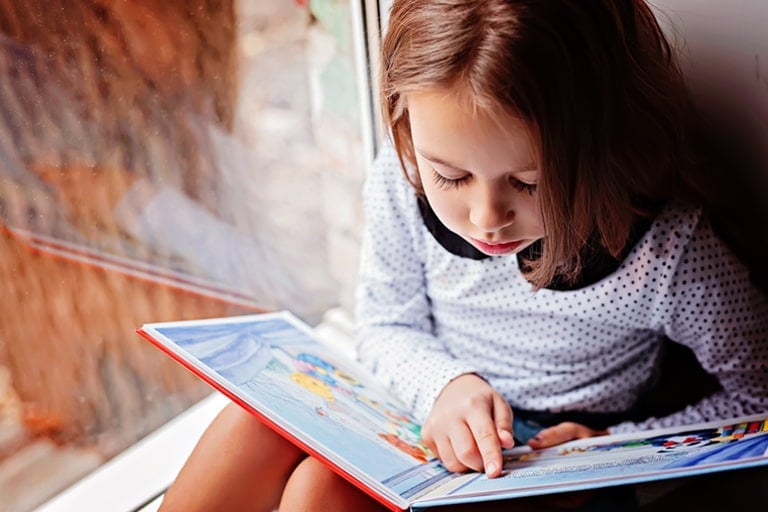
A child’s education starts at home, which is especially true when it comes to
It takes more than sending your child to a
Today you’ll learn the best ways to create a
How to Create a Montessori At Home Learning Environment
The main struggle that every Montessori parent has when turning their home into a learning environment is avoiding turning the entire home into a giant toy box. Fortunately, you’ll soon discover that this doesn’t happen when you adhere to Montessori philosophy.
Montessori principles believe that everything your child plays with should have a purpose. Whether that purpose is learning, developing life skills, or functionality, you’ll find that
Here are some tips on how to create a
Start With a Limited Number of Toys
The
Every toy that you make available to your child should have a purpose, and you want to make sure that they have enough time to explore what that purpose is. If they have too many options, they’ll be tempted to jump from toy to toy and only have a surface-level experience with each.
Another benefit of having fewer toys is that your child will be able to maintain the cleanliness of their space more easily. You should have no more than eight toys visually available to your child at a time.
Toys that work on one skill at a time but can work on multiple skills overall are great for serving multiple purposes and saving space. If your child is old enough, a wooden balance board is a great toy that your child can get a lot of use out of.
Make sure that you keep these toys on a low shelf so that your child can access them easily.
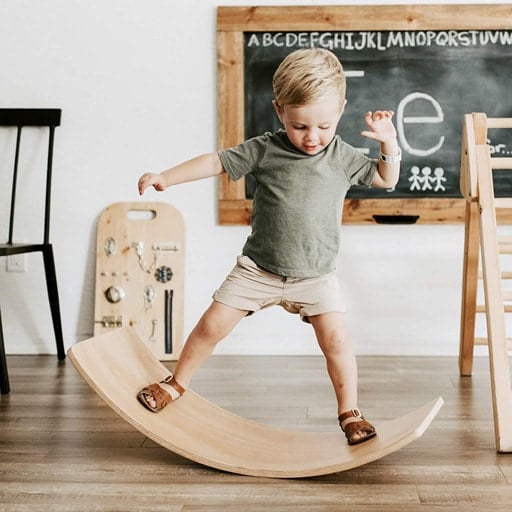
Keep Books Nearby
Toys are great learning tools, but every parent wants their child to show a keen interest in books. The benefits of reading speak for themselves, so it’s a great idea to keep books at your child’s reading level accessible everywhere they go. You don’t only have to keep books in your child’s room. Try to keep books in every room of the house that your child has access to. Check out our list of our favorite Montessori books and apps.
If they’re potty training, keeping toilet learning books next to the toilet is a great idea. If they love watching you cook in the kitchen, keep some kids cooking books around to help them understand different ingredients. You can also keep books in the car to encourage your child to read while on the go.
Emphasize Practical Life Skills
At a certain age, you’ll notice that your child begins to show a keen interest in what you do around the house. Whether it be chores, cooking dinner, or doing your makeup, your little one is always watching and wanting to mimic you.
You can take advantage of the
Some simple tasks that you can have your child do include:
- Picking up and putting away their toys.
- Wiping down the table after dinner.
- Filling up their cup with water.
As they get older, you can introduce them to more complex tasks such as washing their dishes after eating or sweeping their room. You may have to guide them the first time they try something new, but they’ll quickly absorb what they learn and know when and how to apply it in the future.
Keep The Decor Simple
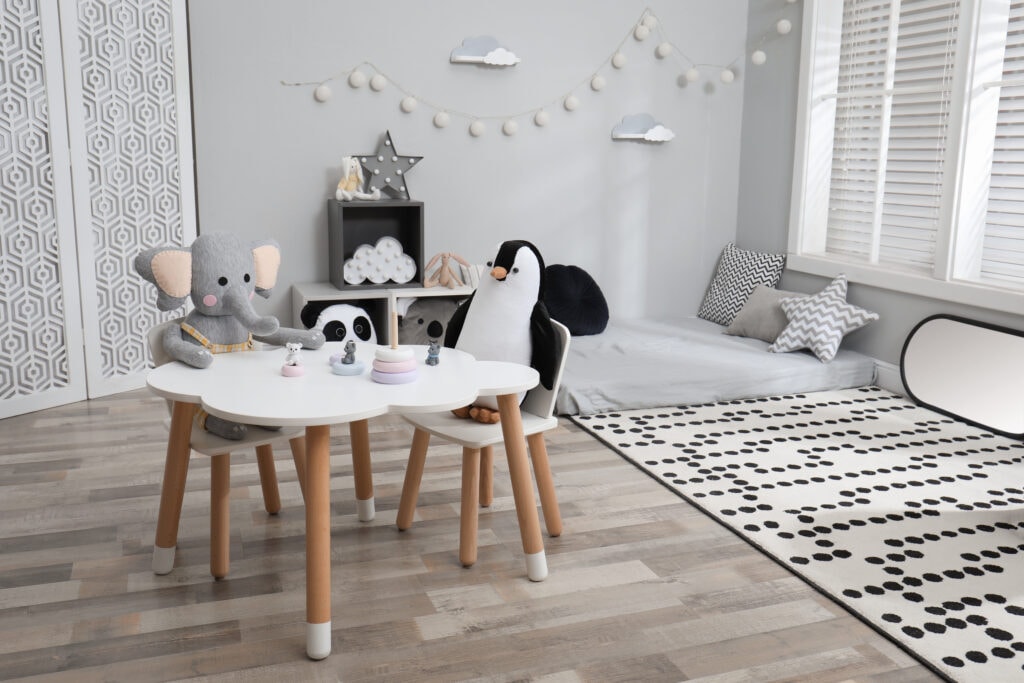
Keeping your decor simple doesn’t mean that you have to become minimalist. However,
To create a
You can be less strict about the rest of your house, but it’s a good idea to keep the overall decor neutral and not too distracting.
Get Child Sized Furniture
Children love to mimic what adults do, from reading to typing on a laptop. Giving them their own items to practice encourages independent learning. Having child-sized furniture in your home is a great way to turn it into a
Instead of having your child sit on the couch with you all the time, get them a mini child-like sofa. This way, they can practice getting in and out of the sofa on their own. Another good idea is to get them a
The Importance of Montessori at Home
Montessori schools provide a great environment for your child to direct their own learning, but for the best experience, you should continue your child’s
By making a few modifications to your child’s room and the rest of the house, you can create a


